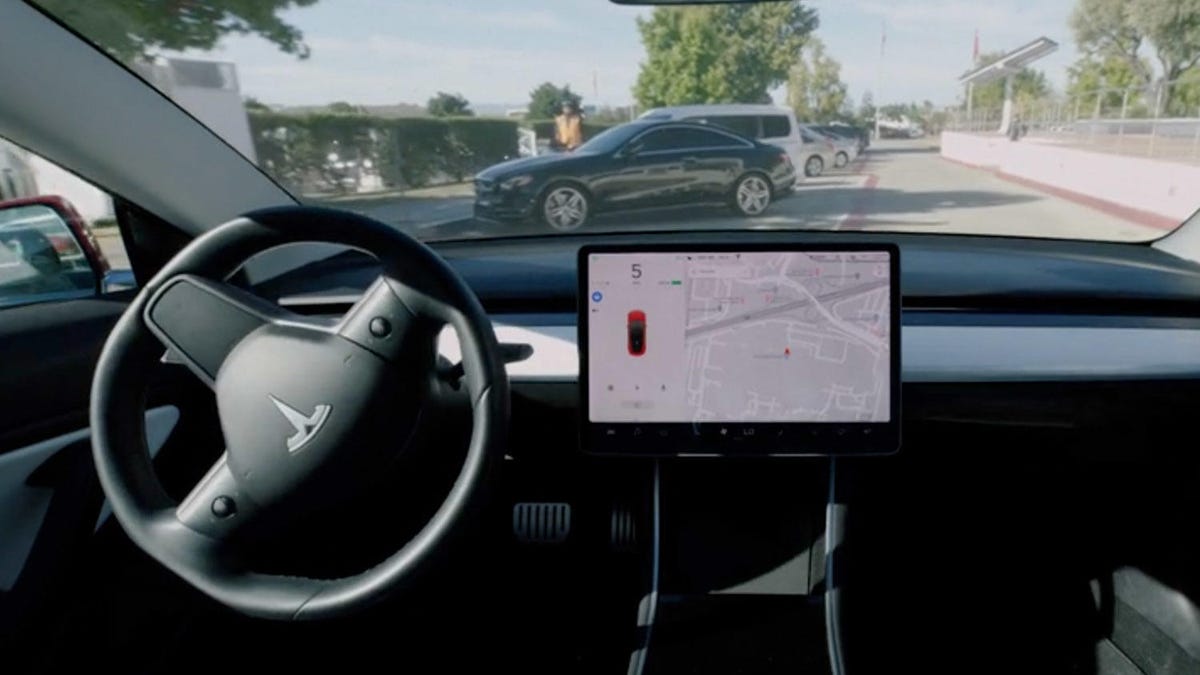US car buyers would pay a few grand more for hands-free driving, study says
Meanwhile, Americans aren't as thrilled about giving up their personal cars as other countries.
Technology costs money, especially as luxury auto brands begin relying on the latest gizmos and gadgets to help move metal. Tesla would arguably have nowhere near as much cool factor if things like Smart Summon and car karaoke didn't exist.
However, Americans have a price ceiling for how much they're willing to pay for advanced technology, specifically when it comes to hands-free driving systems. To be clear, there are no self-driving cars on sale today, and there won't be tomorrow.
When the technology does arrive, a new study shows US car buyers will pay a few grand more to put such a technology in their car. If we use the average price of a new vehicle as of June 2019, which was $37,185, according to Kelley Blue Book, Americans are willing to pay just over $3,300 for hands-free driving, or 9% more for the technology.
The latest results come from an AlixPartners study released on Thursday. The consulting firm surveyed more than 6,500 consumers in six countries, and found the value of autonomy varies greatly. While Americans think 9% atop the sale price is fine, China thinks 8% is the magic number. Meanwhile, in Germany, car buyers would pay 24% more for self-driving capabilities. That's quite a premium to swallow.
Overall, car buyers aren't thrilled about paying for Level 2 autonomy, which is every single advanced driver system on the market today. Cadillac's Super Cruise, Tesla's Autopilot and others all fall into the Level 2 category, as defined by the SAE. Level 4 is when we can talk about true autonomy.
The study also looked at one other major question: Who's ready to trade their personal cars in for autonomous ride-hailing services Perhaps unsurprisingly, Americans aren't. When asked if they'd consider ditching their vehicles if autonomous ride-hailing were widespread and costs were the same as vehicle ownership, 56% of Americans in the study gave it a pass, leaving 44% to embrace it.
It's a far different scenario in China, where 84% said they'd consider giving up their personal cars. The US had the highest number of respondents say no to self-driving robotaxis; more people in Germany, France, the UK and Italy said they'd consider leaving car ownership behind.
Yet, the figures also represent a silver lining for automakers and other companies aggressively pursuing the technology. If even a sliver of the respondents did, indeed, say goodbye to vehicle ownership, there's certainly a sizable market ready for autonomous cars.


